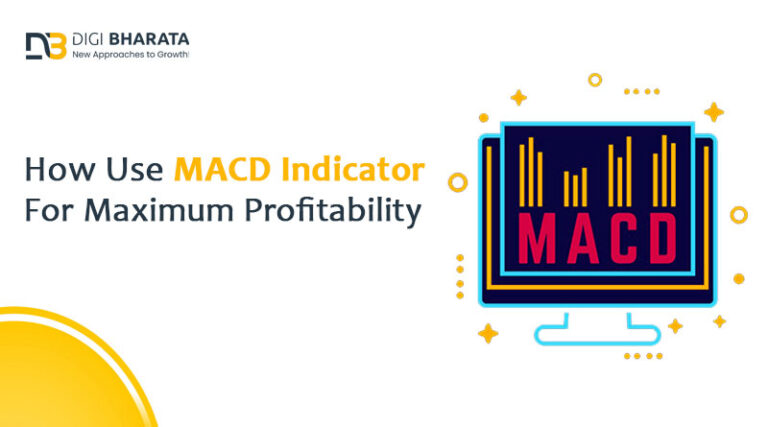If you need your company, business, or personal brand to have a greater presence on social networks and you don’t have a Social Media plan, you have to read this article.
The idea that creating a profile on networks and publishing eventually was enough to improve your brand image has long been obsolete.
Now you need a good content strategy based on your business plan and, above all, a plan for each of the marketing areas to implement in the online environment.
This is where the importance of a Social Media Plan or Social Media Plan comes in.
If you don’t know how to start, don’t worry. With this post, I will show you how you can implement it step by step.
Let us begin!
Table of Contents
1. Internal Analysis
Step 1. Business Model
You must know what products and services bring you benefits, where you sell more, the number of company workers, how to get and retain customers, etc.
It is important to know all these points in order to make a successful social media plan. Otherwise, you will get lost from the beginning.
Step 2. Target Audience
It is essential in any social media plan to determine the buyer persona.
It refers to the stereotype of the ideal client to whom all marketing actions are directed.
Dedicate yourself to knowing their pain points, what motivates them to make decisions, market segmentation, and brand positioning.
Consequently, you will choose the correct social network, the publication schedule, the appropriate content, and the tone of communication.
Step 3. Social Media Audit
Its purpose is to corroborate the status of the business on social networks in reference to the competition.
To facilitate the task, I recommend that you use Metricool, which is a tool that allows you to interpret, manage and measure digital content, analyzing various aspects:
- Follower Growth: This allows you to see day by day how many followers you grow or lose.
- Profile of your audience: The tool will tell you the age, gender, and location of all your audience on social networks.
- Publications: It will show you the engagement of the uploaded posts.
- Hashtags: You will be able to know which hashtags work best for you.
- Competition: You can compare your profile with that of your competitors in a very simple way.
Step 4. Audit of the Overall Project
- Website or blog: check usability and accessibility, which are two factors that determine if the website is optimized for different devices, if the loading time is adequate and if it is easy to navigate.
- Visibility and web positioning: Get an idea of the level of visibility of the company and the competition. To do this, the Ahrefs or SEMrush tool will help you to know the organic traffic and the number of positioned words.
- Analysis of advertising campaigns: It is not only important to know what the positioning of the web or social networks is, but also what type of campaigns they are doing, whether they are Google Ads, Linkedin Ads, Facebook Ads, Instagram Ads, or Twitter Ads. among other.
Step 5. Available Resources
Consider the human and financial capital and tools you have to execute the social media plan.
Step 6. SWOT Analysis
After finishing the analysis stage, create a SWOT from which you will extract data that will be very useful for the development of the social media marketing plan.
Step 7. Objectives of the Social Media Plan
It is time to determine the goals you want to meet in social networks and thus direct all strategies along the same route.
With the objectives, you will know if the actions work or if you have to implement changes.
Step 8. Selection of Social Networks
If you have reached this point, you already know the people you are addressing and what is the effective way to connect with them.
Ignorance of the previous steps leads many companies to ignore everything you have read so far and directly open the profiles on all networks.
So how to choose the ideal social network? Through your social media plan. Choose only the networks where your audience is. Don’t mess with the rest.
2. Analysis of the Competition
We must do the same process that we have done previously with the competition to see what actions they are doing and which ones can serve as inspiration.
With Metricool, we can analyze the competition in social networks in a powerful way, so I recommend that you use it. You can try it for free here.
This example is from a competitor in the digital marketing sector that I work in. With this tool, I can see a lot of information about her Instagram, Facebook, and LinkedIn strategy, among others.
3. Social Media Strategy and Content Plan
The time has come to translate the strategy into the Plan document.
With what kind of social media strategies will you achieve the objectives?
It will depend on what you want to achieve and the social networks you have chosen.
Ideally, we start planning both the advertising strategy on social networks and the content plan.
In the social media plan, there is no room for improvisation.
You cannot think every day about what information you will share on social networks that day. There has to be an organization.
To do this, create an editorial calendar and define in advance what and when you will publish on each platform.
In this way, the contents will adjust to what you want to achieve.
It is important that you take into account the following strategies:
Promotion strategy: it is aimed at selling a product or service through offers, contests, advertising campaigns, etc. The goal? Capture or attract customers.
Content marketing strategy: Here, your patience goes into the trial mode since it is a slow process. Even seeing results can take up to 6 months.
The key is to offer solutions to people’s problems and needs.
It will help you increase traffic, positioning, and brand visibility.
So guest blogging is a good alternative, as is sharing content with niche markets and referral lists.
On the other hand, it is important that you link your social media strategy with the email marketing strategy since it is one of the most direct and effective techniques that you can implement in the social media strategy.
4. Implementation of Actions
The time has come to implement the actions of the social media plan that will allow you to achieve your goals.
Two scenarios can occur in this step:
Plan several different actions to achieve a goal.
The same action will achieve several objectives simultaneously.
5. Measurement of Actions
The only way to know if the social media strategy is working is to measure it.
And to measure, it is necessary to determine what is going to be evaluated since there is a great variety of metrics in social networks.
For this reason, it is necessary to define the KPIs that will allow the objectives to be calibrated.
I remind you that a KPI is an indicator or metric that helps calculate the effectiveness of a certain action.
6. Forecast: Social Media Crisis Management Plan
Many of the difficulties in the digital marketing sector appear because businesses do not have established communication and reputation crisis protocols.
It does not matter if you are a small or large company, at any time, you will need a crisis management plan.
Tools to make a Social Media Marketing Plan
Numerous tools on the market can help you with your social media marketing plan.
Analyze your needs and the available budget.
As each project has very specific demands, I advise you to use the trial periods so that you can later decide on the one that suits your needs.
Here is a selection of some tools that will surely be very useful for your social media strategy:
1. Analysis Tools
- Metricool: My favorite to analyze accounts on social networks.
- Ahrefs: To monitor incoming links (backlinks).
- Sistrix: SEO and SEM analysis tool.
- Google Analytics: Makes it possible to follow the web, blogs, and social networks, as well as offers a personalized report.
- SimilarWeb: It is free, and you can run a complete analysis of your website and that of the competition.
- Google Trends: Reflects the search trend for different keywords.
2. Content Creation Tools
- BuzzSumo: It allows you to find viral content.
- Feedly: It is to follow blogs and classify them by categories.
- Social Mention: It is a web application for searching and analyzing all content shared by users.
- Google alerts: show you useful content in search results.
- Canva: design great images.
- FlexClip: create fancy short videos.
3. Programming and Content Management Tools
- Metricool: Analyzes, manages and measures the success of all digital content.
- Buffer: It schedules posts with the best reach times.
- Hootsuite: It monitors social networks and sorts different profiles by columns.
- Google URL: bit.ly: they are URL shorteners.
- Agore Plus: Facebook page manager.
Do I Need A Social Media Plan For My Company?
As Bill Gates correctly predicted years ago: “What is not on the internet, does not exist.”
Although it is a somewhat hackneyed phrase, we have to burn it into our heads.
It is vital to have a presence on the internet and on social networks, but under the helm of a social media plan that directs each action to offer a good image, generate engagement and create a community.
Do not leave the decision for later. Every second that passes will be more difficult to position yourself above the competition or in the preference of the ideal client.
Does your company already have a social media plan? Do you need help getting started with it? – Hire A Professional Marketing Expert























+ There are no comments
Add yours